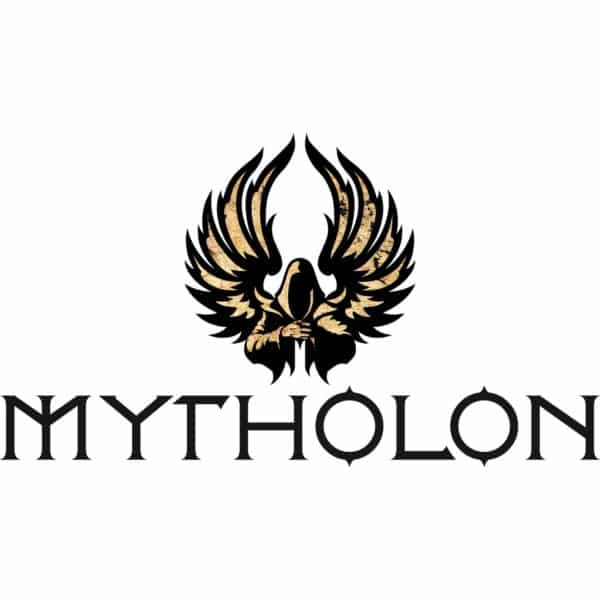So – we’ve seen how bladesmithing is an ancient craft, with roots which stretch back into the medieval era and beyond. We’ve looked at the tools of blacksmiths and bladesmiths from the past, which continue to be the mainstay of modern metalworkers. And we’ve even charted some routes for you to get a taste of bladesmithing for yourself – with courses, apprenticeships, taster sessions and DIY forges!
Books are another fantastic way of getting into the world of bladesmithing. Here we’ll have a look at some of the best bladesmithing books, which detail the techniques, equipment and history of the craft.
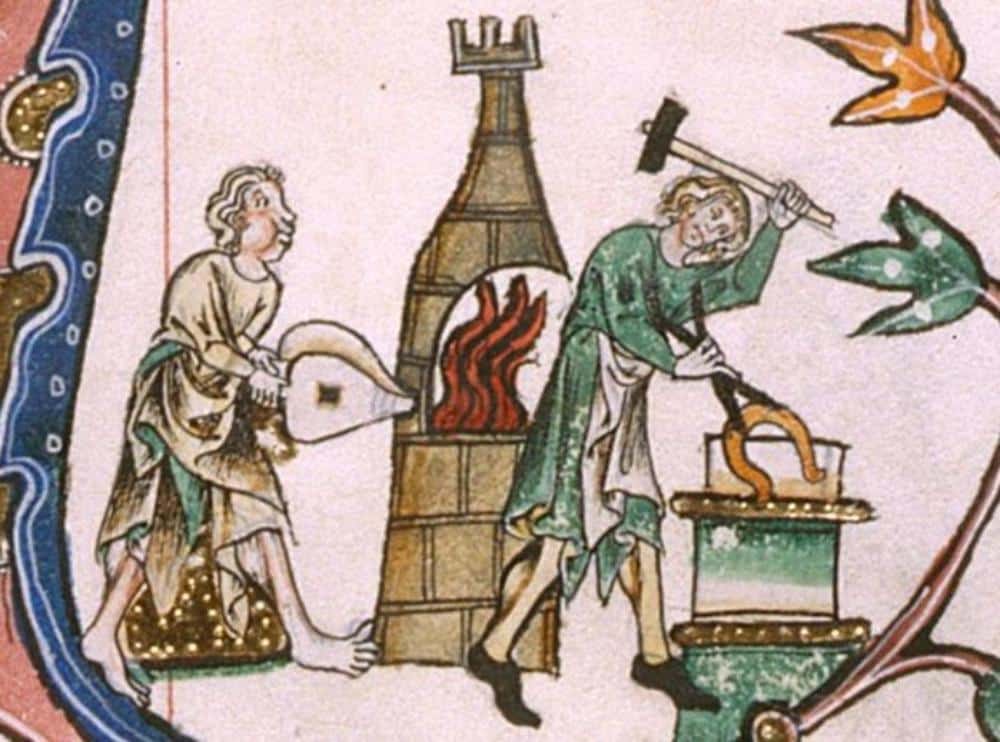
From Father To Son
But it was not always thus! In the medieval era, literacy was largely confined to a wealthy noble elite. Noble children were only routinely educated in letters from the beginning of the High Medieval era onward. The most accessible form of education – monastic education within the Church – was only available to those who took holy orders and devoted their lives to quiet contemplation. And even if you could read, books themselves were spectacularly expensive objects: before the introduction of moveable type at the very end of the Medieval period, every book had to be painstakingly copied by hand by scribes, and so each one represented hundreds of hours of labour. For the overwhelming majority, learning a craft involved informal learning from one’s own kin, usually one’s father – or, in the Late Medieval era, a long apprenticeship within a more formal trade guild, which would have taken years of backbreaking labour as a child.
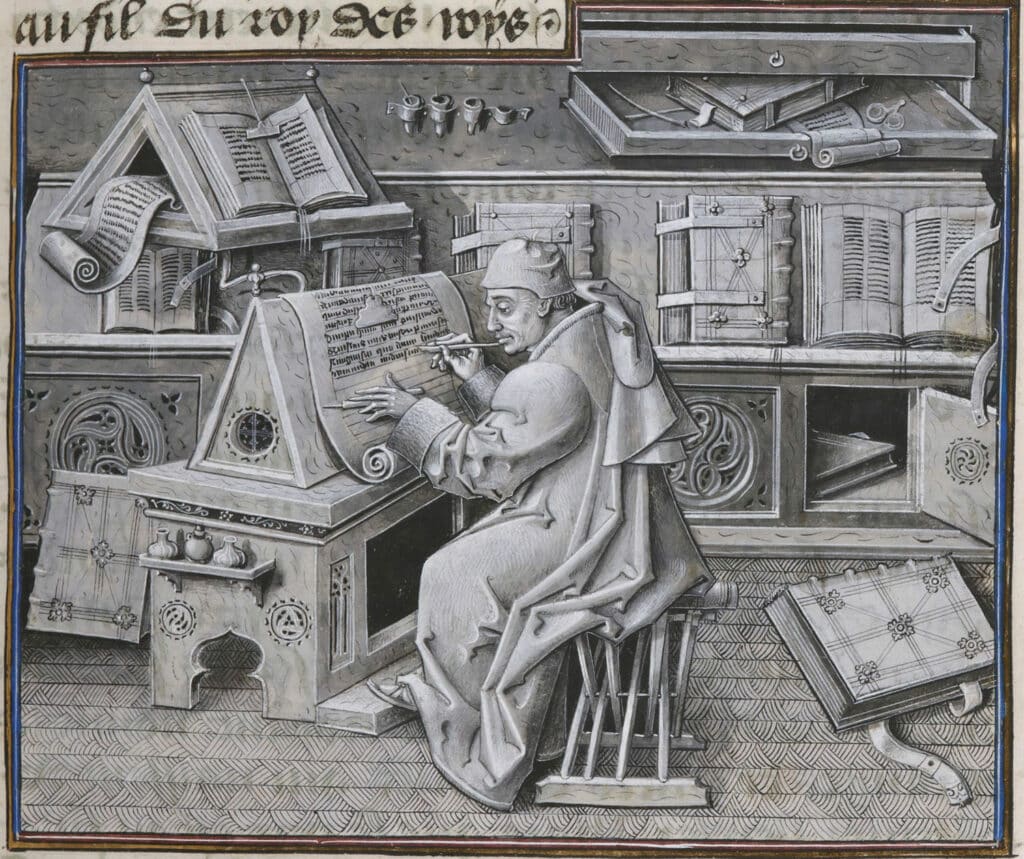
1. De Re Metallica by Georgius Agricola
But all that began to change in the Renaissance era. With the spread of Johannes Gutenberg’s moveable type system, and an increasingly educated urban burgher class in the post-Medieval cities, there was an explosion of literature which began to chip away at the exclusivity of craft knowledge. Perhaps the most important of these works – and the most relevant for metalworkers and bladesmiths, is Georgius Agricola’s De Re Metallica (‘On the Nature of Metals’). Agricola (also known by his German name Georg Bauer) spent many years as a mining engineer at Joachimsthal, Kingdom of Bohemia (modern Jáchymov, Czechia), a prolific silver mining town. His work is the earliest surviving systematic attempt to lay out the principles of mining and smelting, and is gorgeously illustrated with 292 highly detailed woodcuts. The first (and authoritative) English translation was undertaken in 1912 by a mining engineer and his wife, Herbert and Lou Hoover – who would go on to become President of the United States and First Lady. A must-have for those interested in Medieval metalwork!
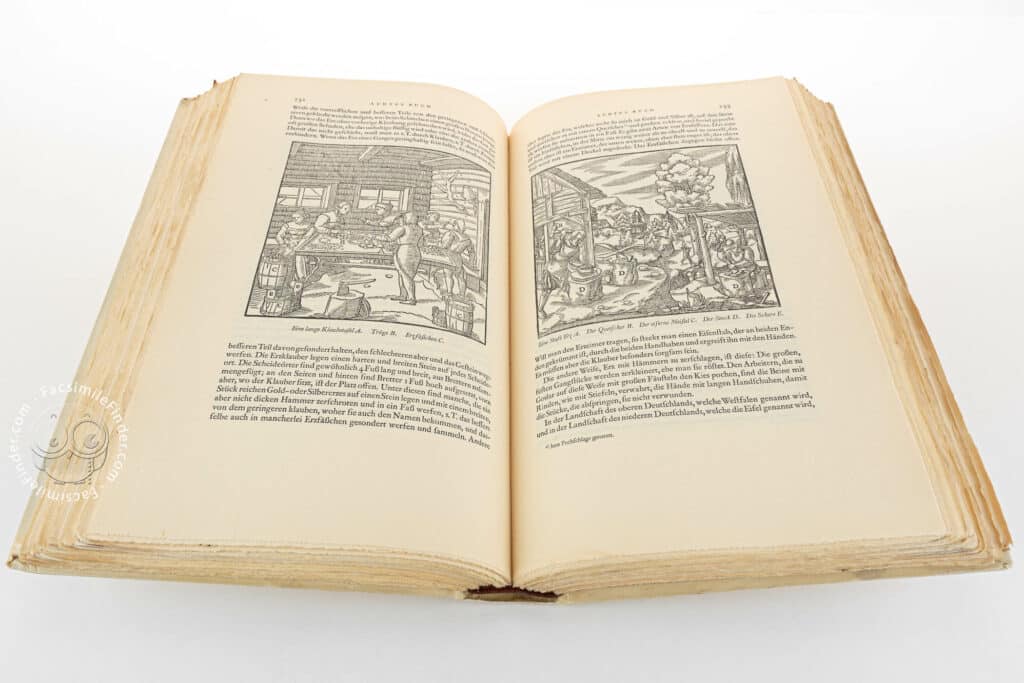
2. A Blacksmithing Primer (2nd Ed.) by Randy McDaniel
However, there are no surviving texts from the Medieval era that deal directly with blacksmithing or bladesmithing. For practical guides for blacksmithing, we have to look to more recent texts. And fortunately there are many modern guides that give a thorough grounding in practical blacksmithing. One of my favourites is A Blacksmithing Primer by Randy McDaniel – it covers a broad array of basic and intermediate techniques, from simple processes to advanced lessons. It begins with the basics, such as in-depth discussions about equipment and tools, and then the second half of the book is a series of lessons and projects designed to teach specific blacksmithing skills. It is clearly illustrated with simple plan-style pictures to demonstrate each step of the projects, and builds up in complexity for a comprehensive guide. My copy lives in my blacksmithing toolbag, and is very dog-eared and covered with sooty fingerprints from mid-project consultation – the certain mark of one of the best bladesmithing books!
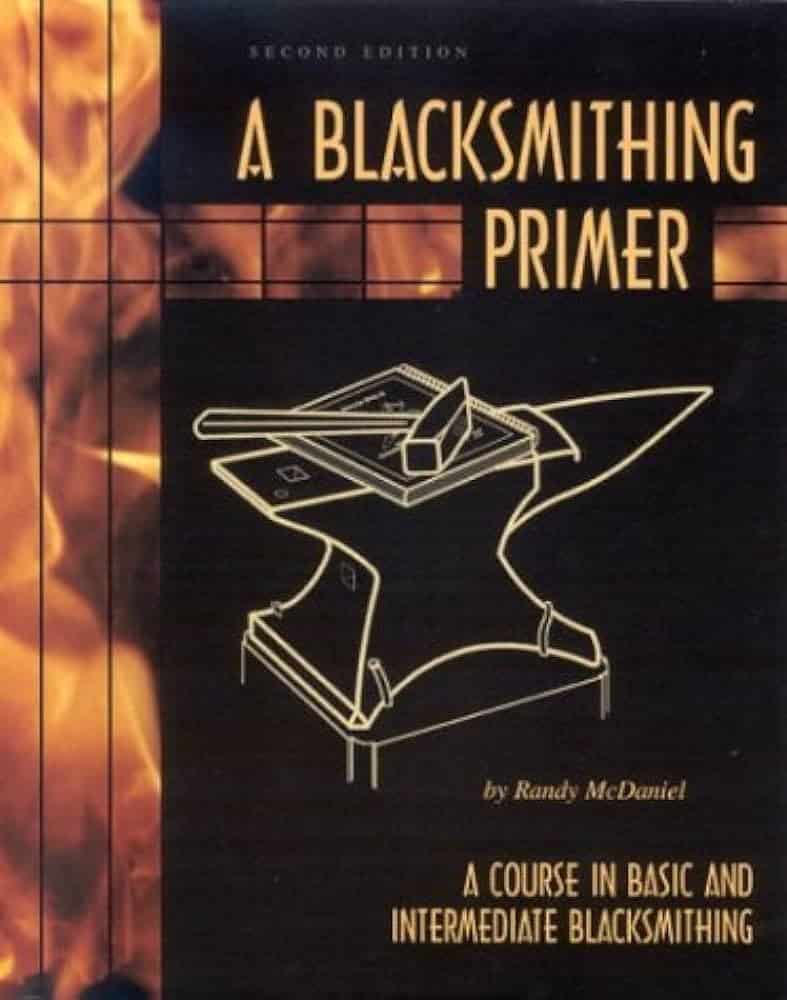
3. The Complete Bladesmith by Jim Hrisoulas
The Complete Bladesmith by Jim Hrisoulas is subtitled ‘Forging Your Way to Perfection’ – and it’s an excellent step-by-step guide to every aspect of knife and sword construction. Many ‘simple’ guides suffer either from over-brevity, or from information overload. Hrisoulas’ book walks the tightrope admirably: he begins from first principles, discussing all of the necessary preparation which a beginner might require (workshop layout, basic tools, proper method, etc), through every aspect of blade construction, all the way up to complex techniques such as cable damascus, pattern welding and Japanese sword-making. As well, unlike many blacksmithing guides, The Complete Bladesmith devotes full chapters to the non-metalwork aspects of blademaking, such as handle-shaping, leatherwork and scrimshaw. A fantastic focused work on the modern art, and one of the best bladesmithing books.
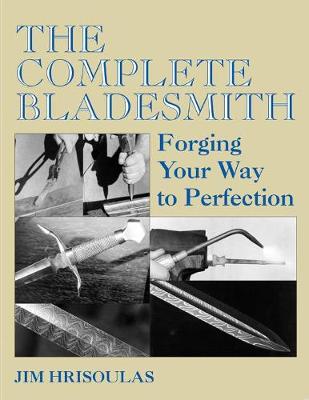
4. The Artist Blacksmith by Peter Parkinson
This book takes us a little distance away from bladesmithing, but it’s a wonderful book showing the capabilities of artisan metalwork. Parkinson takes an approach that is more informed by design as an artistic discipline than as a craft. This means that the book takes a much more free-wheeling approach to blacksmithing, taking inspiration from artistic movements and contemporary artists. It is richly illustrated with full-colour photographs that show the fusion of function and form that a metalworker can achieve. All of the techniques are a critical part of a metalworker’s arsenal, and they can all inform bladesmithing practise. One of the best bladesmithing books to broaden your approach beyond simple knife-making.
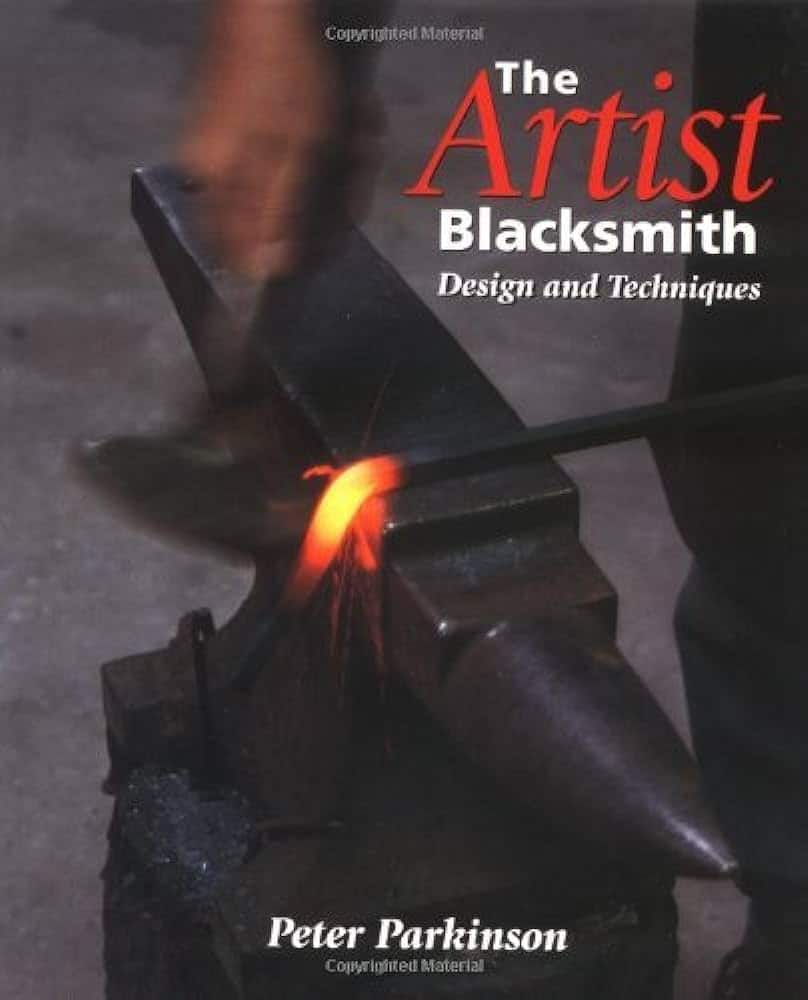
Special Mention: Blacksmith: Apprentice to Master by Alex Pole
All of our other best bladesmithing books have been practical guides to the craft – but a special mention has to go to Alex Pole’s Blackmith: Apprentice to Master. Far more than a simple lesson guide, it is bursting with folklore, wisdom, advice and even poetry relating to metalwork and bladesmithing. Not to be missed!
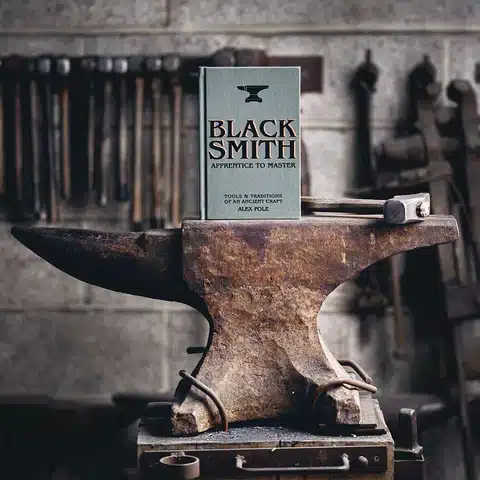

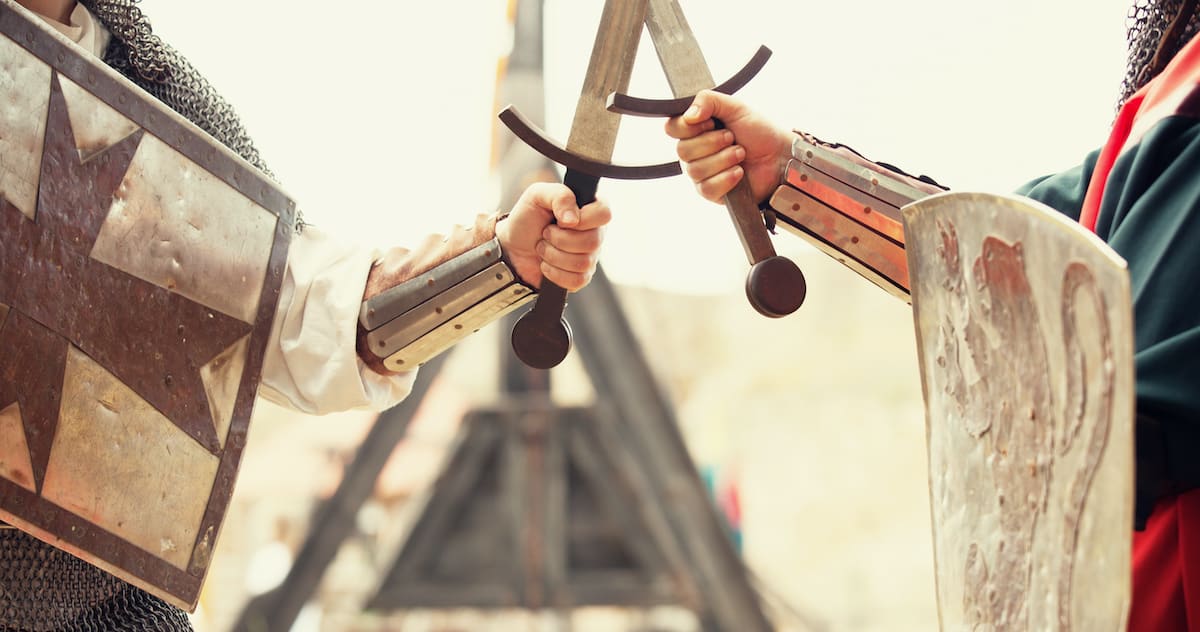 Historical Swords
Historical Swords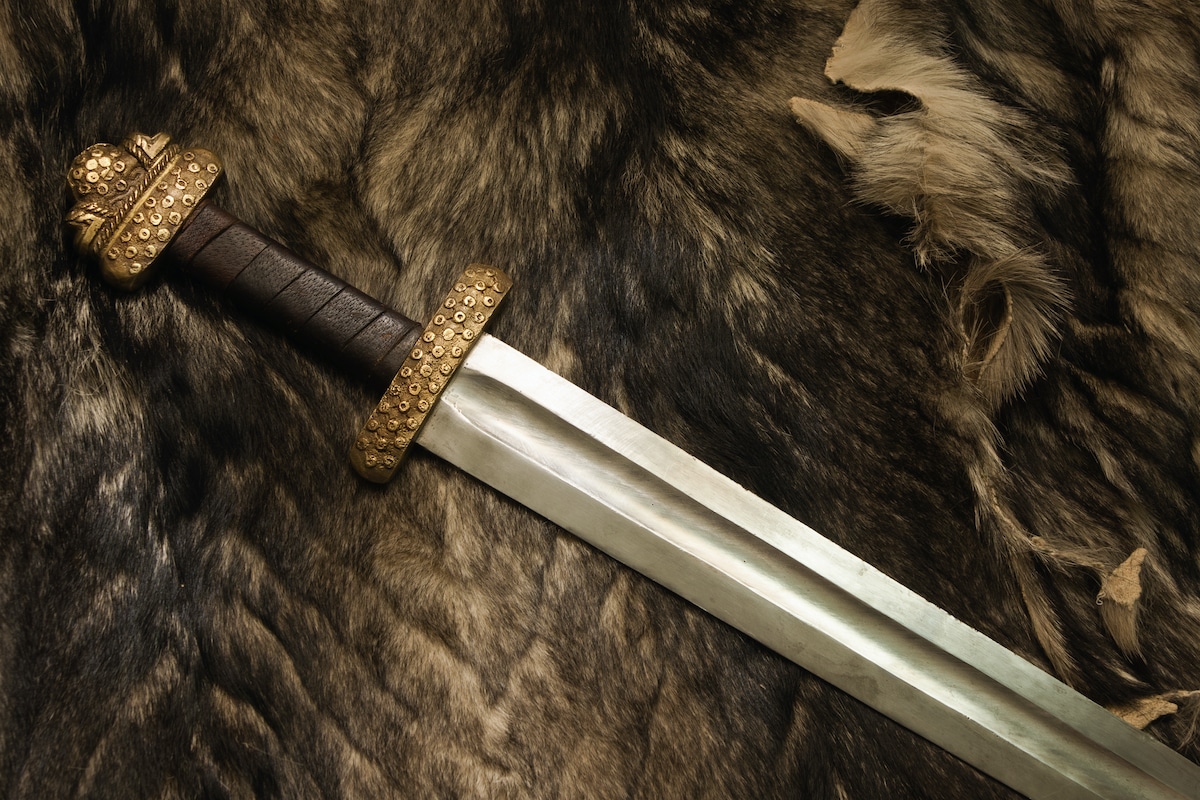 Norse & Viking Swords
Norse & Viking Swords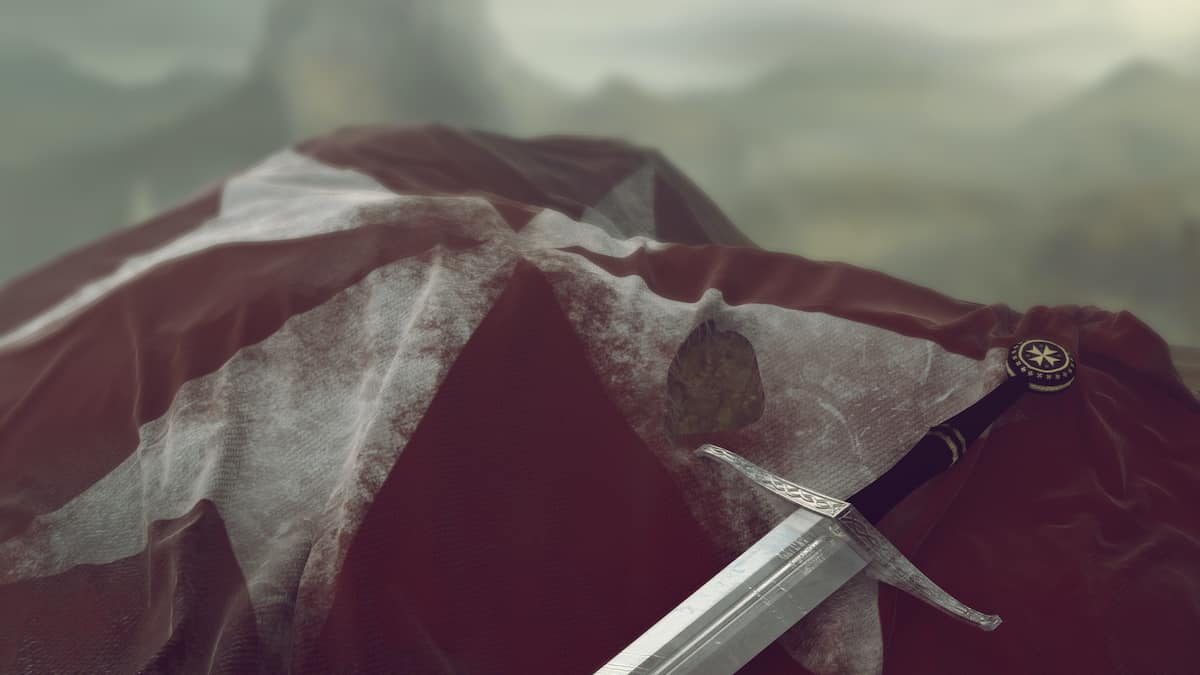 Templar Swords
Templar Swords Claymore Swords
Claymore Swords Fantasy Swords
Fantasy Swords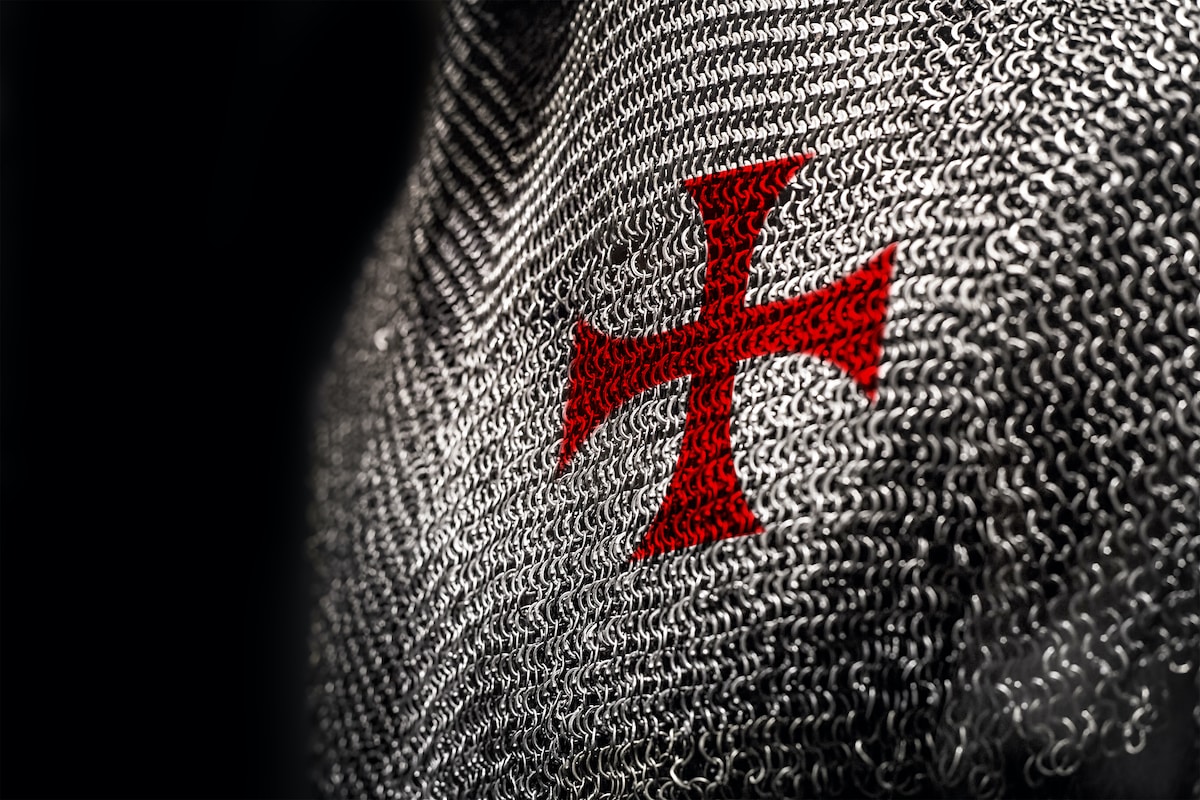 Chainmail
Chainmail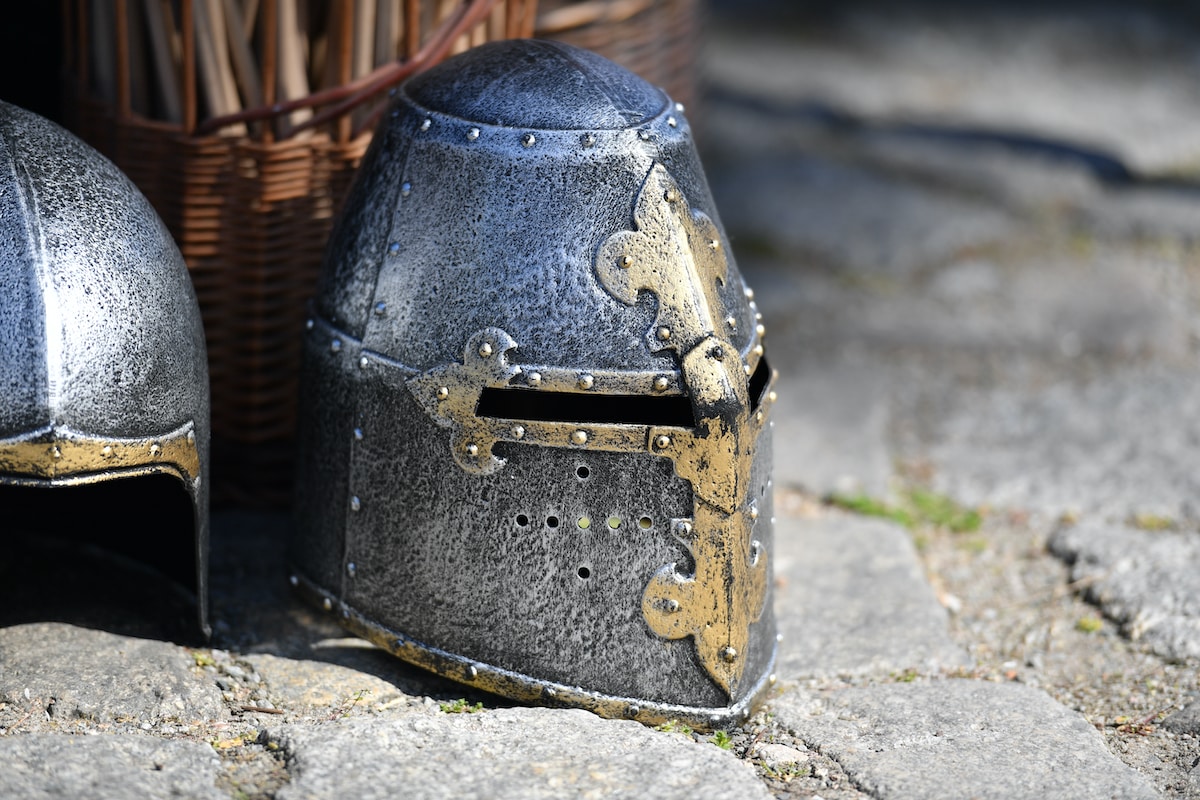 Helmets
Helmets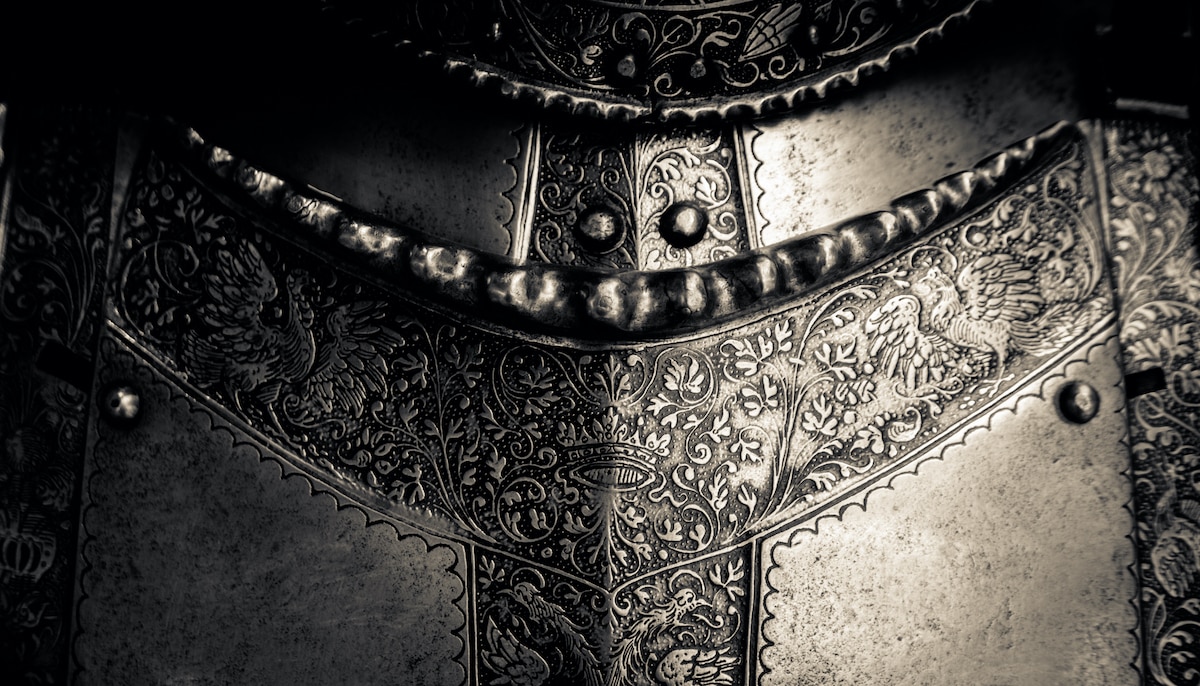 Torso Armor
Torso Armor Bracers and Arm Protection
Bracers and Arm Protection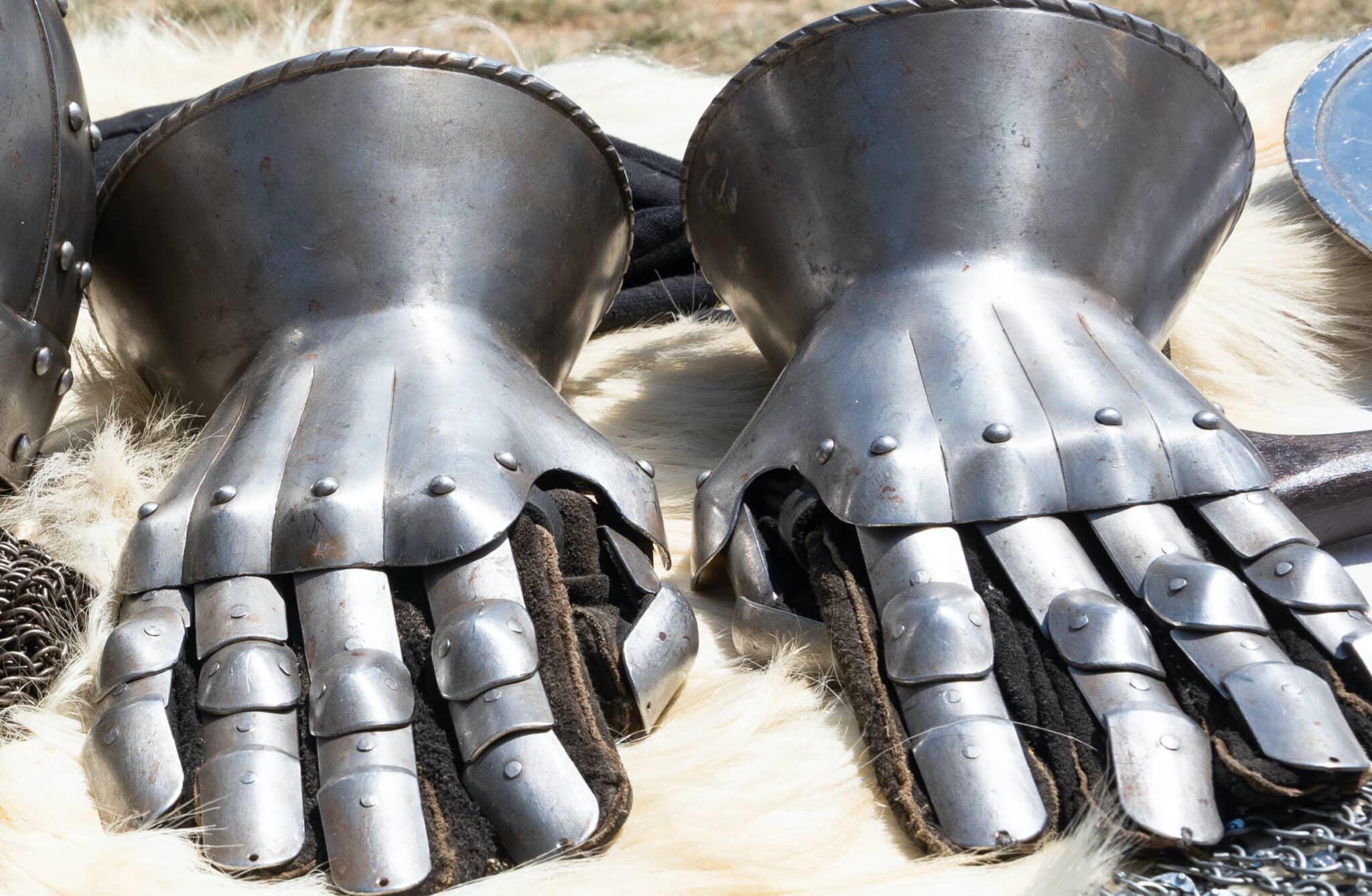 Gauntlets
Gauntlets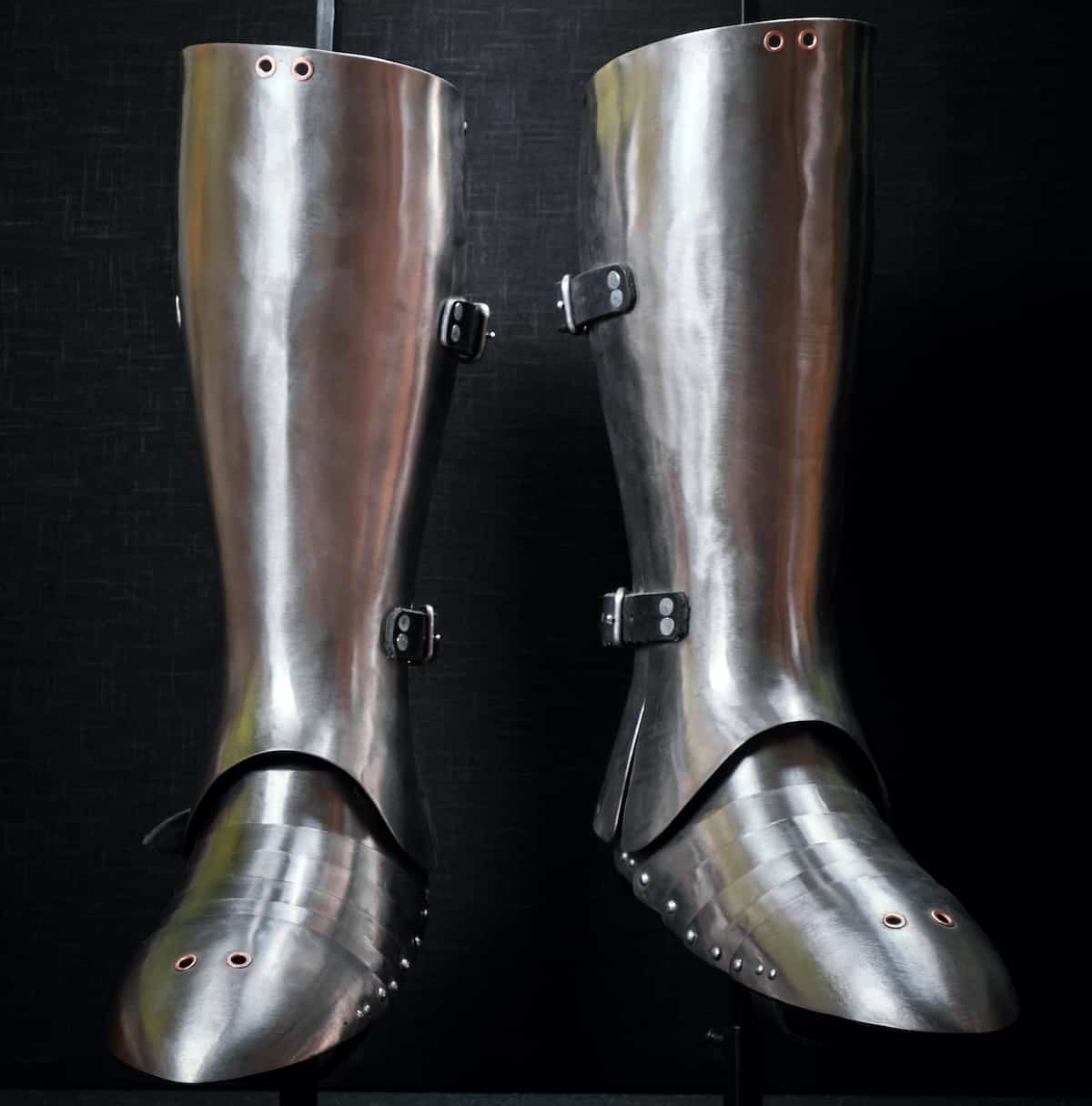 Leg Armor
Leg Armor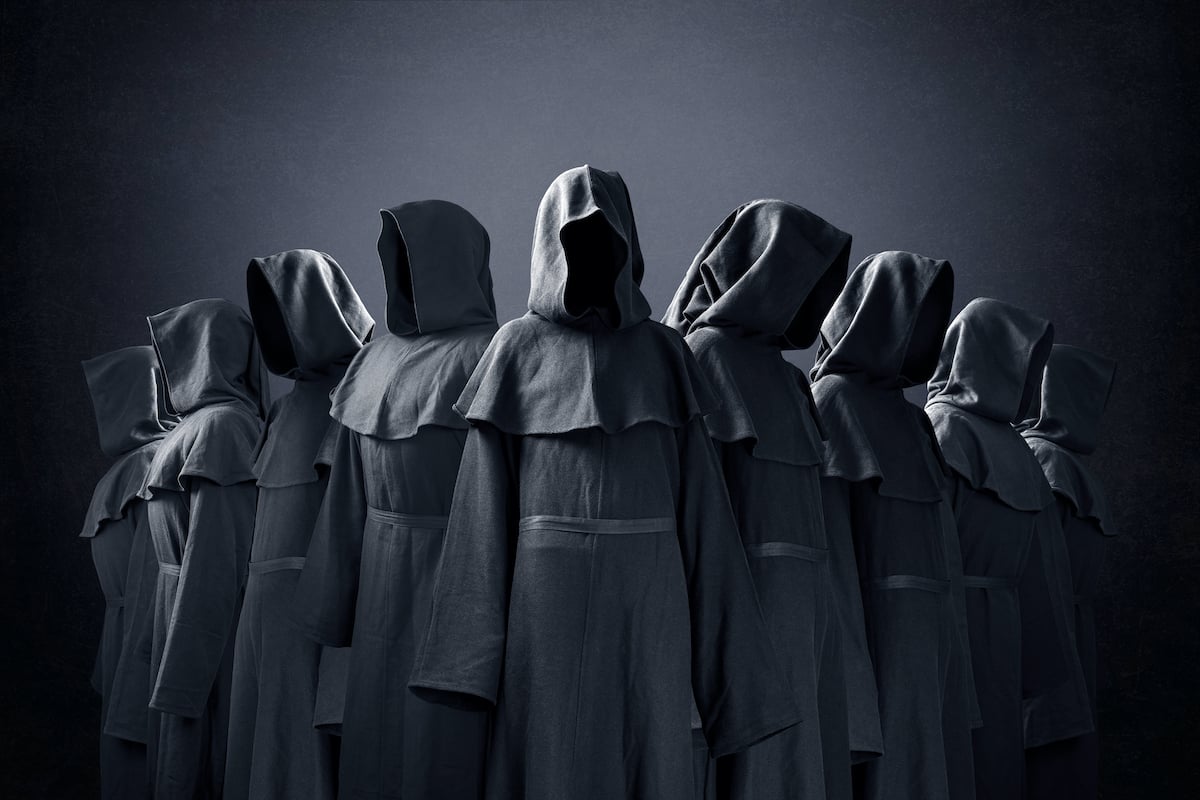 Cloaks
Cloaks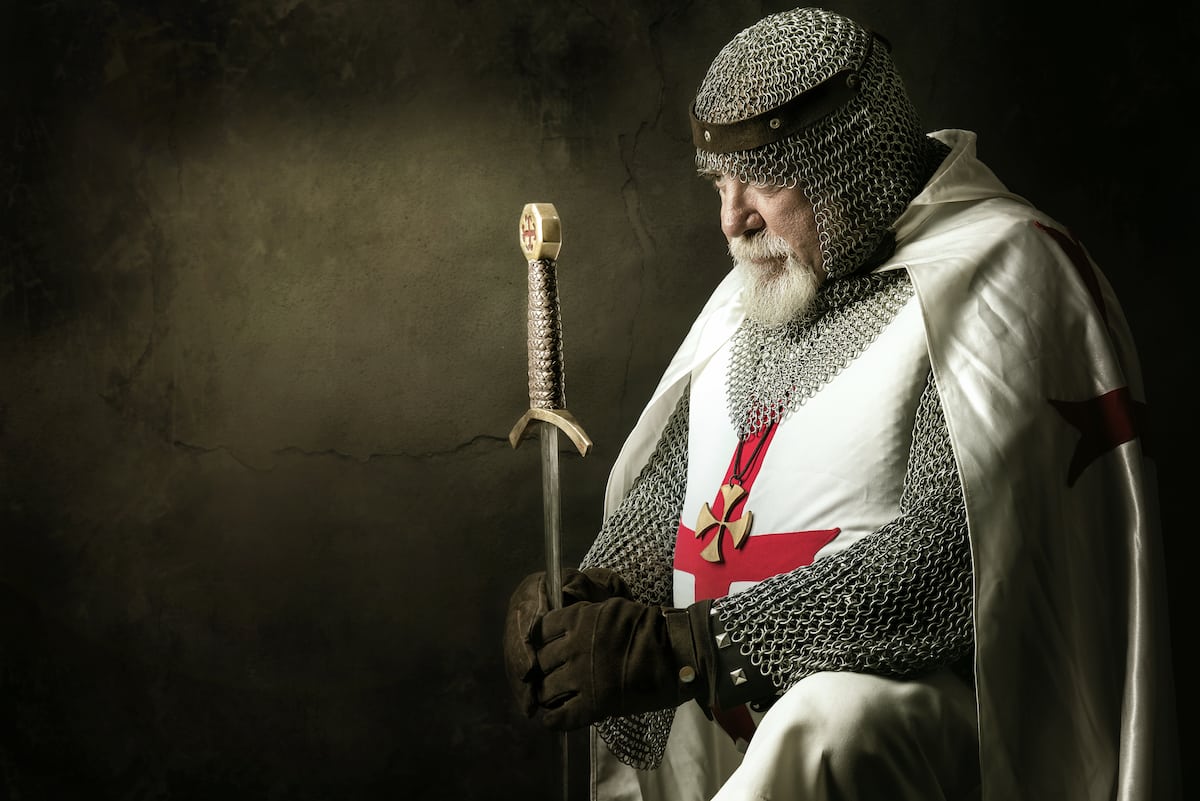 Tabards
Tabards Shirts
Shirts Tunics
Tunics Dresses
Dresses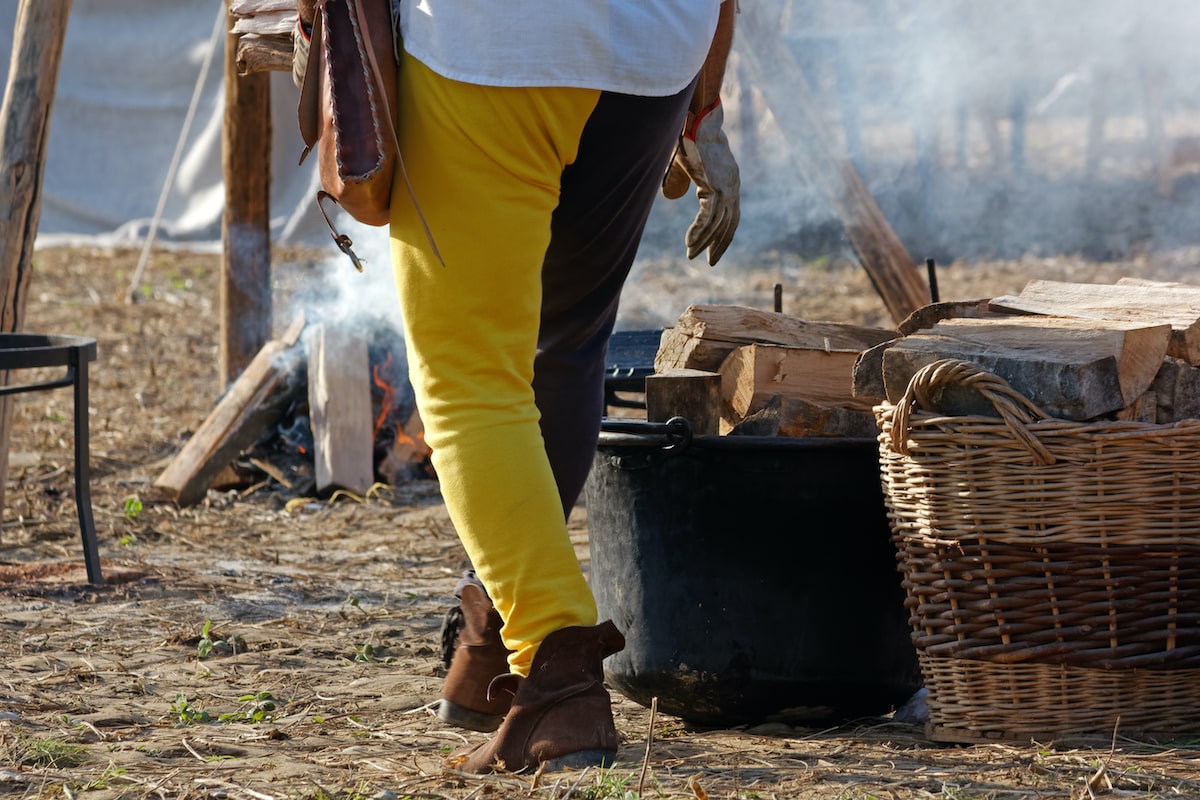 Pants
Pants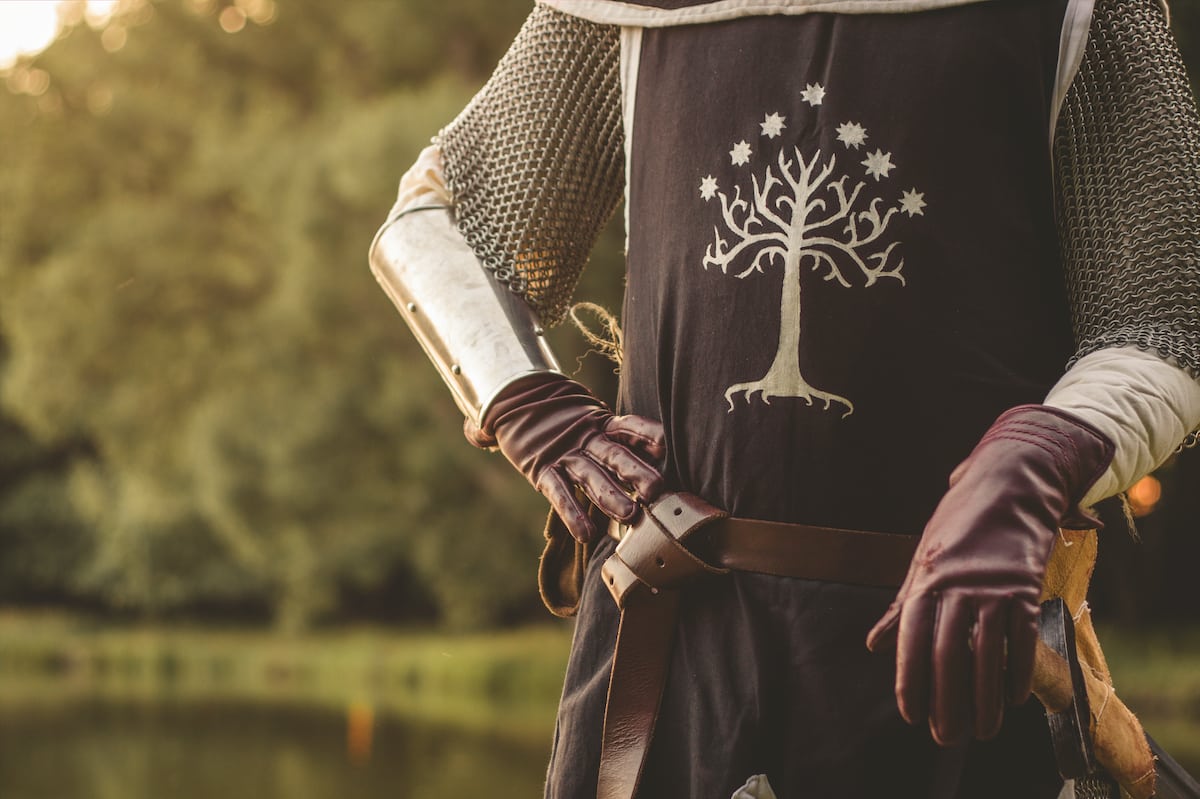 Gloves
Gloves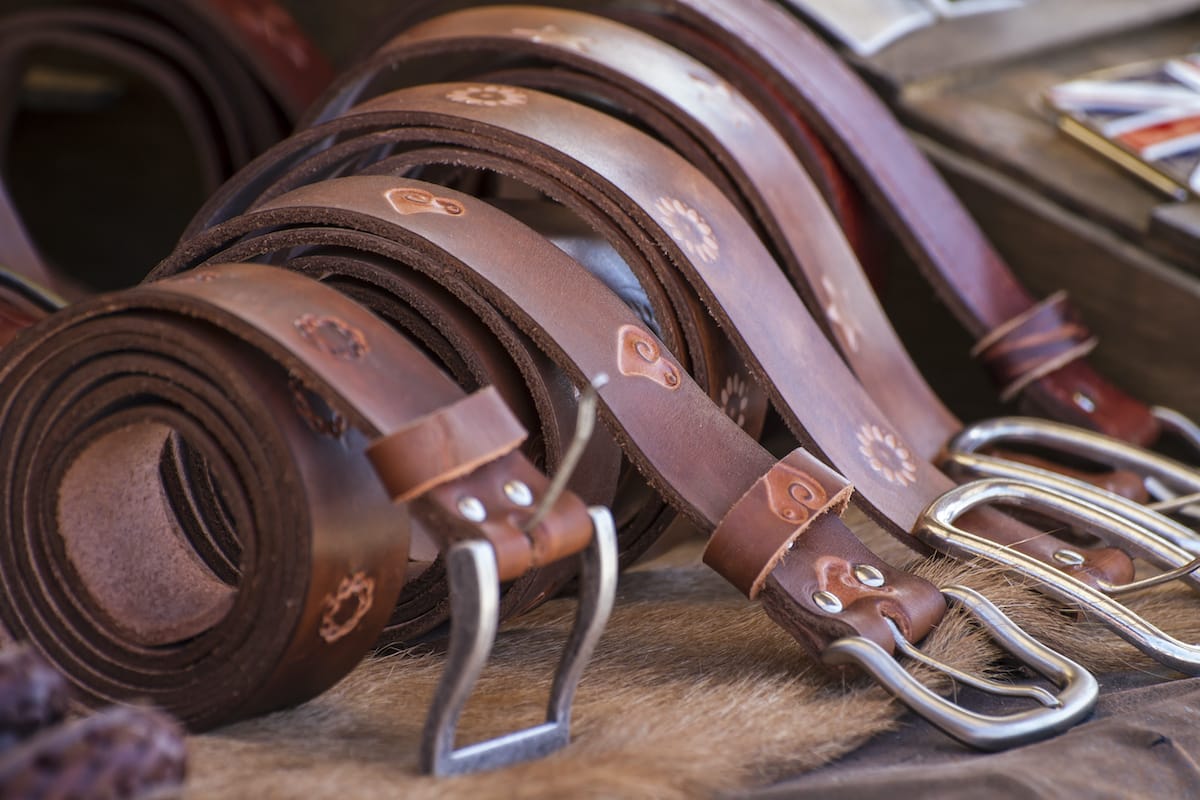 Belts
Belts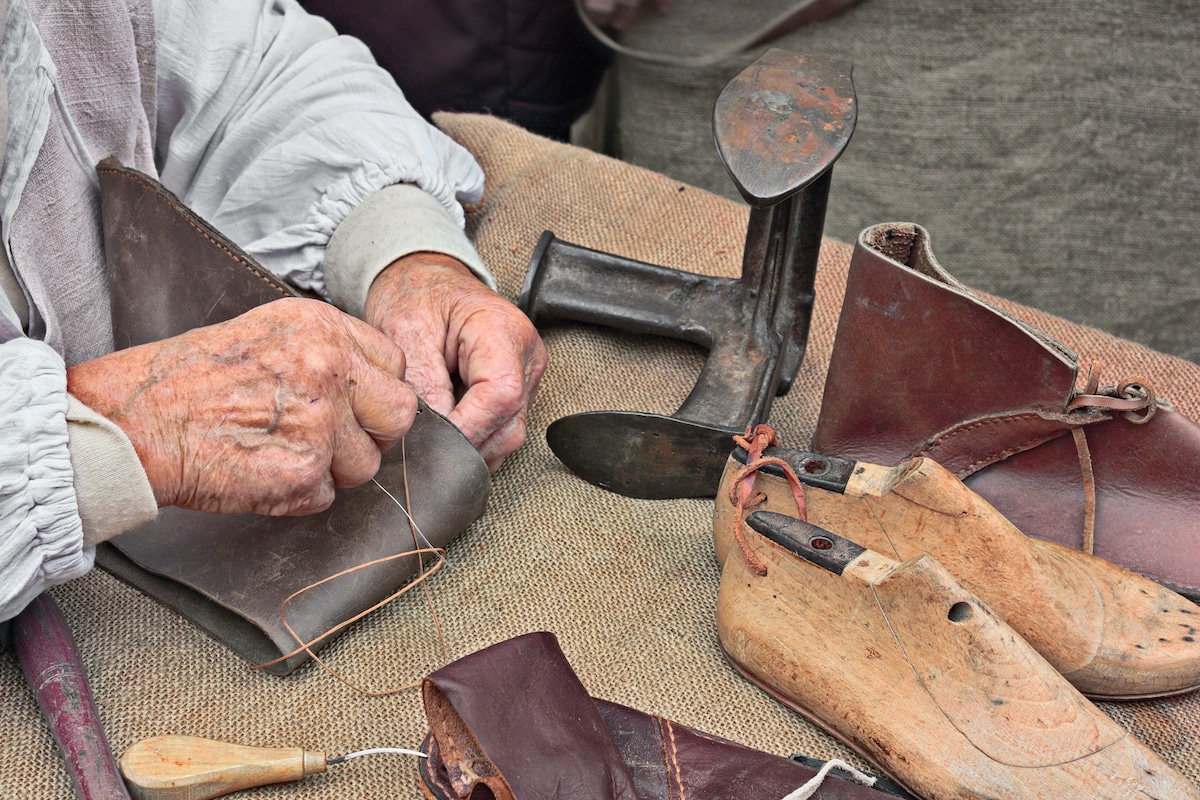 Shoes
Shoes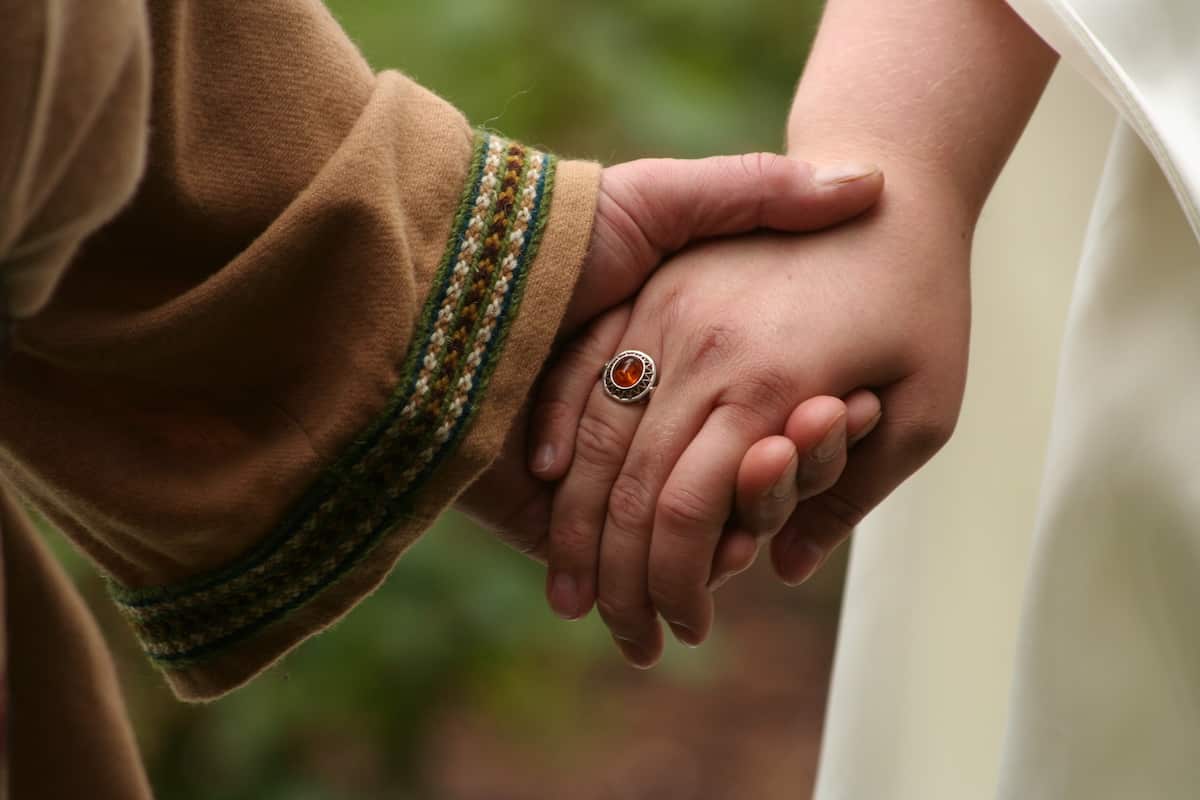 Rings
Rings Necklaces & Pendants
Necklaces & Pendants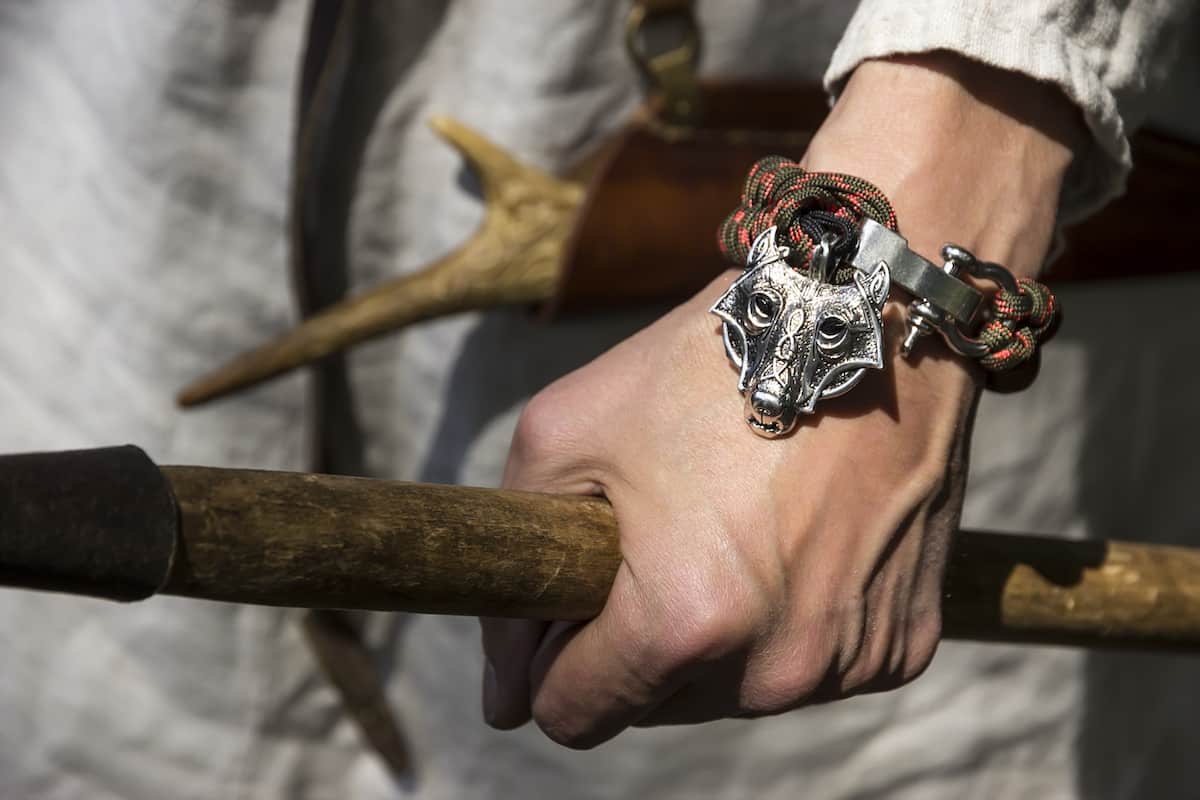 Bracelets
Bracelets